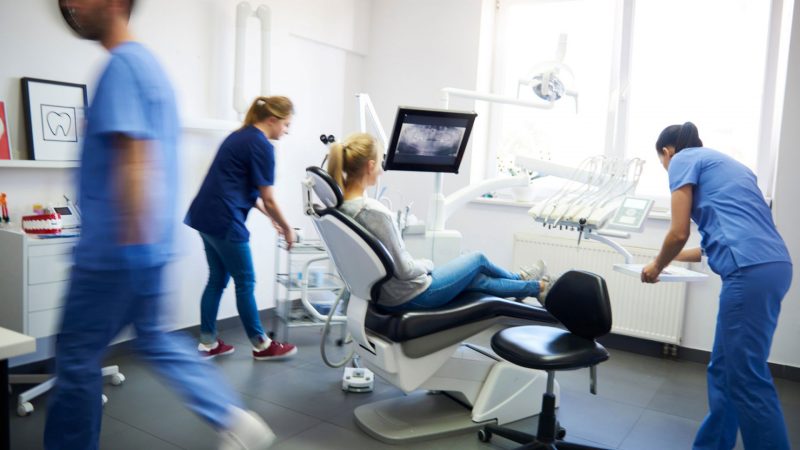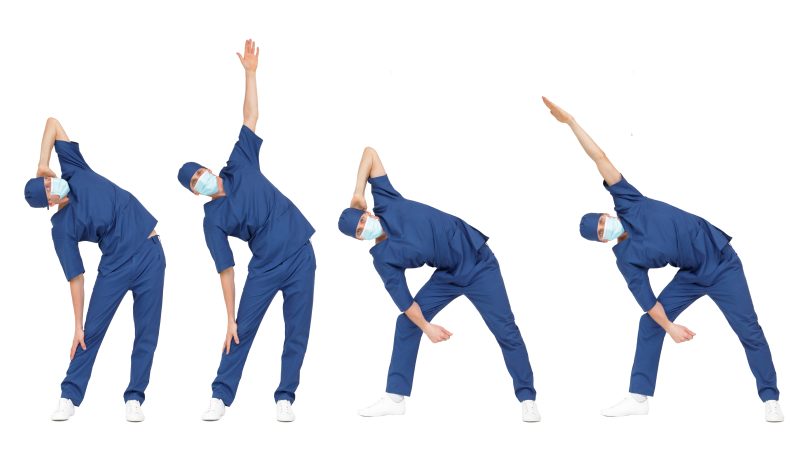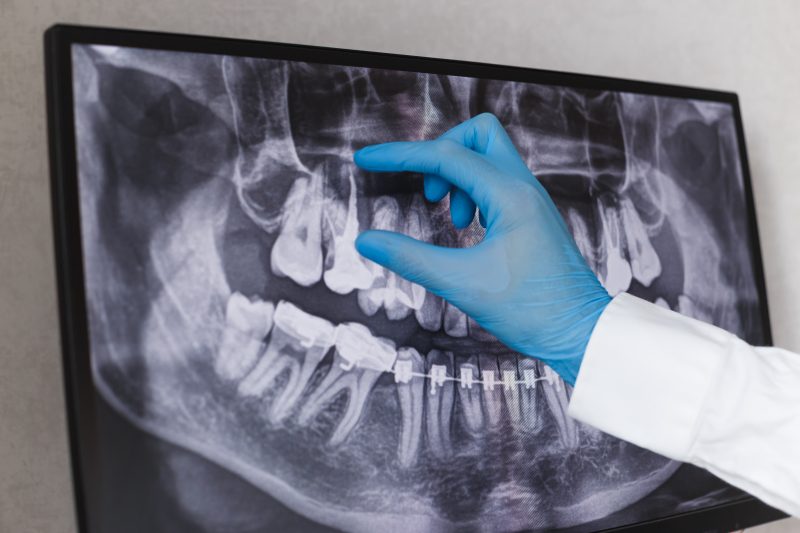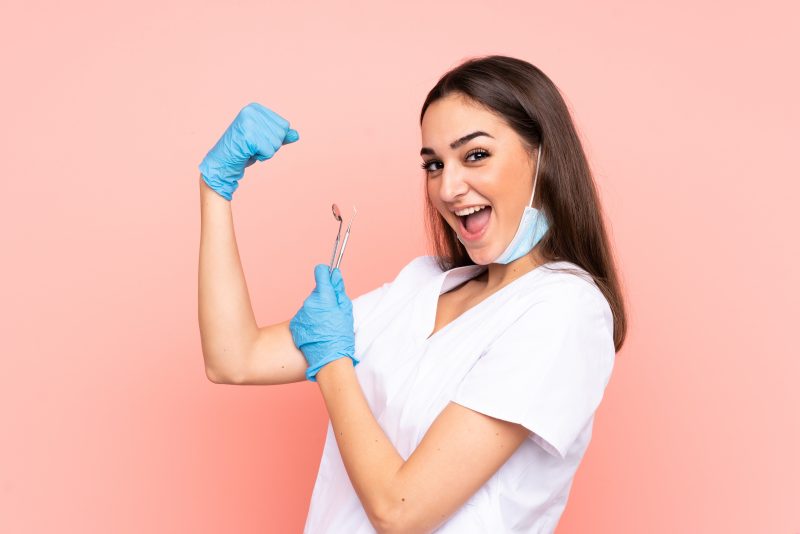As the field of dentistry continues to evolve, so does the technology that supports it. From improved diagnostics to streamlined patient care, dental technology is reshaping the way dental practices operate. Dental assistants, as integral members of the oral healthcare team, are poised to be directly impacted by these advancements. In this blog post, we’ll delve into the exciting realm of emerging dental technologies and explore how they are changing the landscape of dental assisting.
1. Digital Impressions and 3D Imaging: Precision Redefined
Digital impressions have revolutionized the way dental assistants assist in restorative and orthodontic treatments. Instead of using traditional putty-like materials, digital scanners capture detailed 3D images of the patient’s teeth and gums. Dental assistants work closely with dentists to ensure accurate scans, aiding in the design of crowns, bridges, and aligners. This technology reduces patient discomfort and enables quicker turnaround times for prosthetic devices, significantly enhancing the patient experience. Dental assistants also play a role in maintaining and calibrating these sophisticated scanning devices, ensuring consistent accuracy.
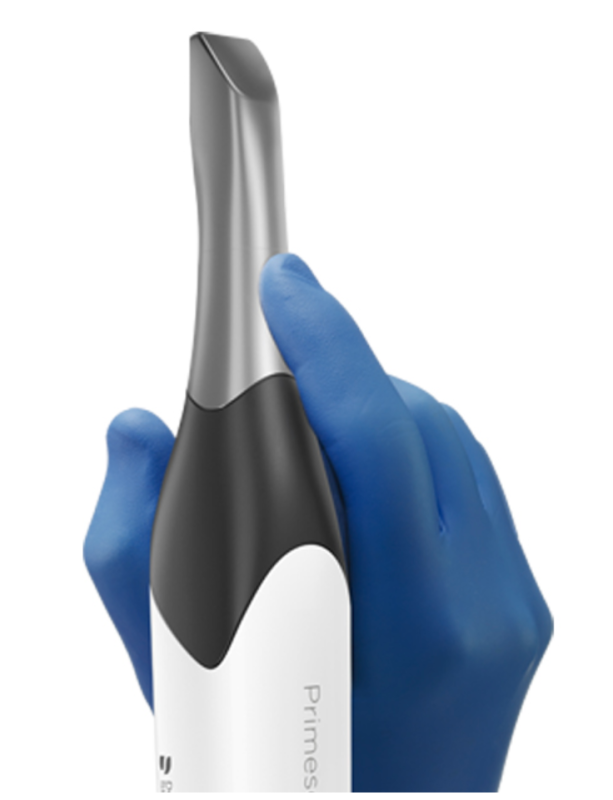
2. Chairside CAD/CAM Systems: Enhancing Efficiency
Chairside CAD/CAM systems have transformed restorative dentistry by allowing dental assistants to assist dentists in creating same-day crowns, veneers, and bridges. These systems involve digital designing and milling of restorations in-house, eliminating the need for off-site labs and multiple appointments. Dental assistants help with the process by preparing the patient, operating the CAD/CAM software, and overseeing the milling process. This technology not only increases efficiency but also enhances patient satisfaction as they leave the office with their new restoration in a single visit.
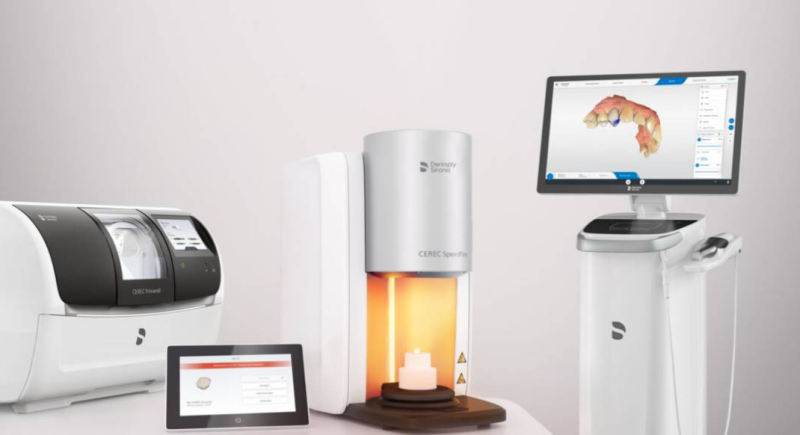
3. Teledentistry: Expanding Access to Care
Teledentistry, facilitated by dental assistants, involves remote consultations and diagnoses through digital platforms. Dental assistants assist in gathering patient information, such as images and medical history, which is then shared with dentists for assessment. This technology is especially beneficial for patients in remote areas or those with limited mobility. Dental assistants play a crucial role in ensuring accurate data collection, enabling dentists to make informed decisions about treatment plans, all while improving access to care for a broader range of patients.
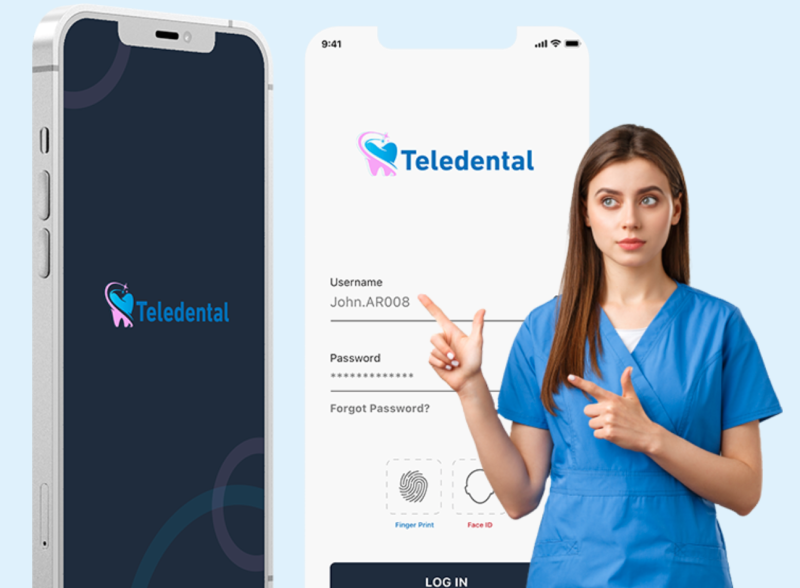
4. Smart Dental Instruments: Improving Diagnostics
Dental assistants are witnessing the integration of smart technologies into dental instruments, providing real-time data during procedures. For instance, smart handpieces equipped with sensors can detect factors like pressure, speed, and vibrations. Dental assistants work alongside dentists to interpret this data, assisting in accurate diagnostics and treatment planning. These insights contribute to a more informed decision-making process and potentially reduce the risk of complications.
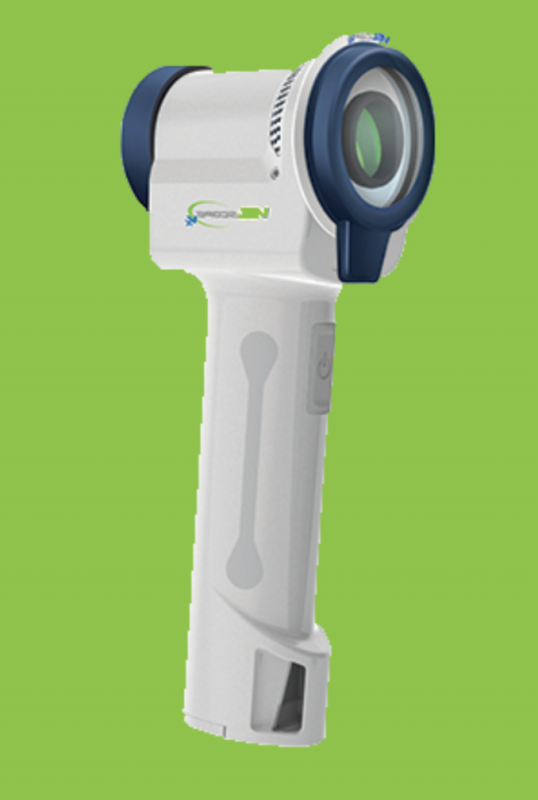
5. Augmented Reality (AR) for Patient Education
Dental assistants are using augmented reality tools to enhance patient education. During consultations, dental assistants can use AR devices to visually explain complex procedures, dental conditions, and treatment options. This interactive approach helps patients better understand their oral health, leading to increased treatment compliance and a higher level of comfort during procedures. Dental assistants may also assist in creating and customizing AR educational materials to ensure effective communication with patients.
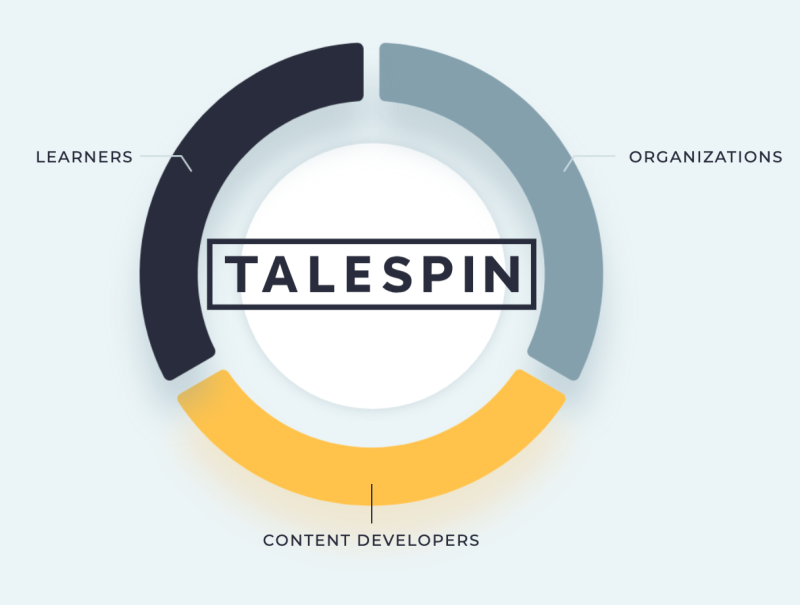
6. AI-Powered Treatment Planning: Precision and Predictability
Artificial intelligence (AI) is becoming a valuable tool in treatment planning, and dental assistants are involved in the process. Dental assistants collaborate with dentists to input patient data, historical records, and diagnostic images into AI algorithms. These algorithms analyze the data and provide predictions about treatment outcomes, enabling more precise and tailored interventions. Dental assistants assist in fine-tuning the AI models, ensuring they align with the unique needs of each patient.
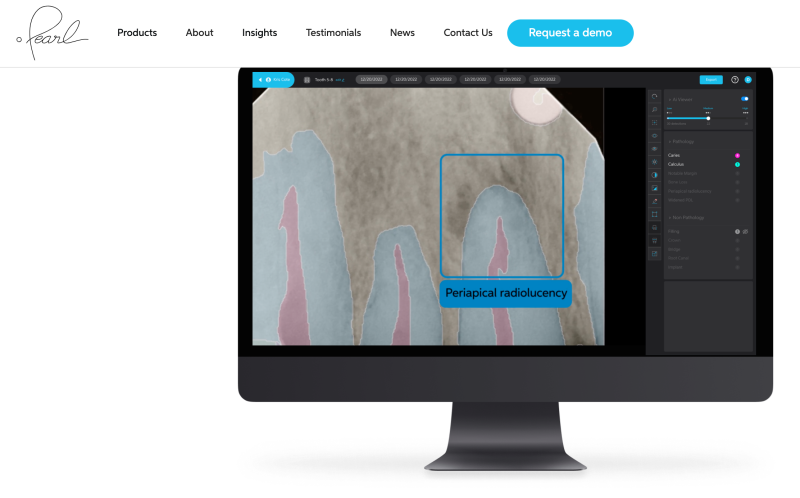
7. Robotics in Oral Surgery: Assisting with Precision
While robots are not replacing dental assistants, they are becoming valuable assets during complex oral surgeries. Dental assistants collaborate with dentists to program and operate robotic systems that assist with precise procedures, such as dental implant placement. These systems enhance the accuracy of surgeries and reduce the potential for human error. Dental assistants ensure the proper calibration and function of robotic tools, contributing to successful surgical outcomes.

8. Intraoral Scanners: Redefining Impressions
Intraoral scanners are transforming the way dental assistants capture impressions. These handheld devices use lasers or optical technology to create highly detailed digital images of a patient’s teeth and oral structures. Dental assistants assist in the scanning process, ensuring complete coverage and accuracy. This technology eliminates the discomfort associated with traditional impression materials, streamlines the restorative process, and enhances overall patient satisfaction.
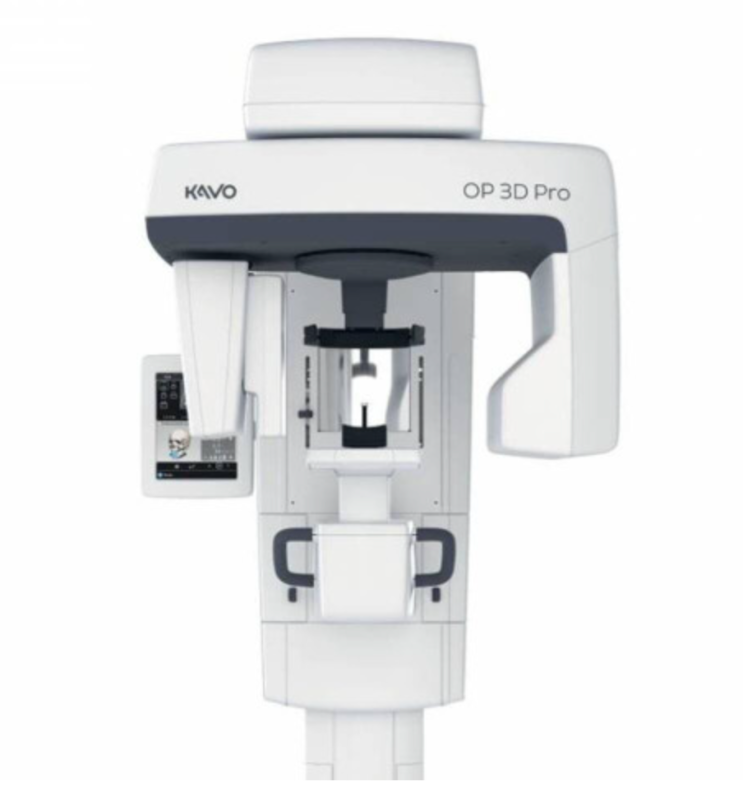
9. Virtual Reality (VR) for Anxiety Management
Dental assistants are embracing virtual reality technology as a tool to ease patient anxiety. By immersing patients in relaxing and soothing virtual environments, dental assistants help alleviate anxiety and stress associated with dental appointments. These VR experiences distract patients from the clinical setting and create a more comfortable atmosphere, resulting in smoother procedures and a positive patient experience.
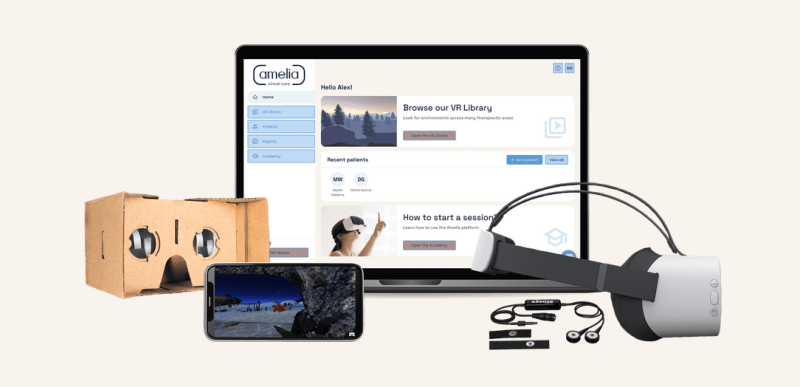
10. Hygiene Monitoring Devices: Enhancing Preventive Care
Dental assistants are incorporating hygiene monitoring devices into preventive care practices. These devices track oral health habits, such as brushing and flossing frequency, and provide personalized recommendations for improvement. Dental assistants collaborate with patients to interpret the data collected by these devices, allowing for more effective patient education and promoting better oral hygiene practices.
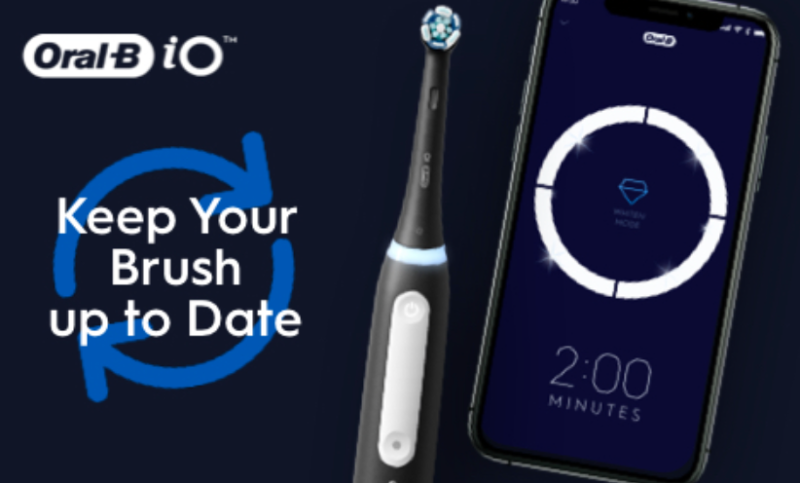
The rapid evolution of dental technology is shaping the future of dentistry, and dental assistants are at the forefront of this transformation. By embracing these advancements, dental assistants are enhancing patient care, improving treatment outcomes, and contributing to more efficient and effective dental practices. As these technologies continue to evolve, dental assistants will remain essential in their role of integrating, operating, and optimizing these tools, ultimately leading to better oral health for patients around the world.

